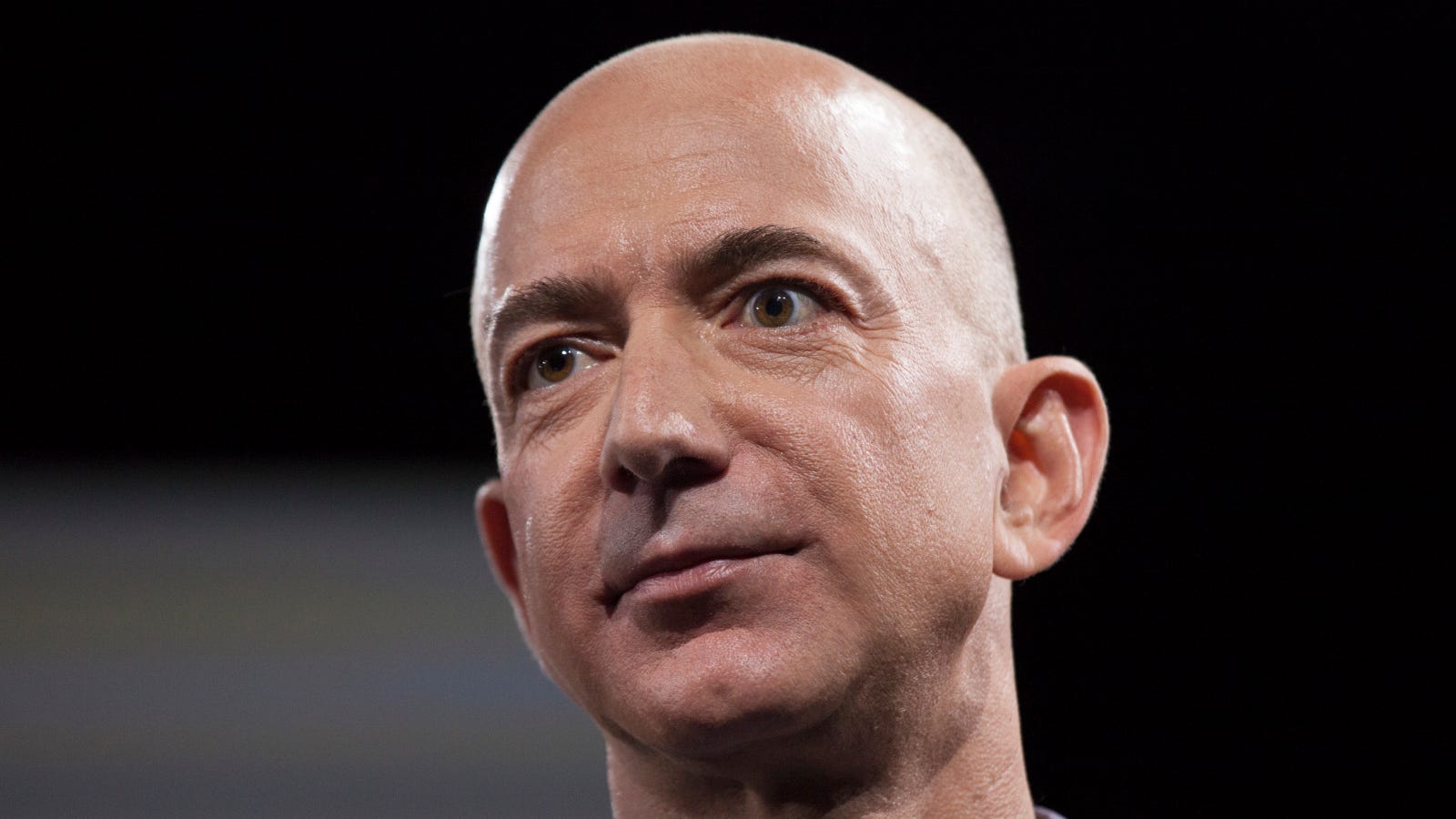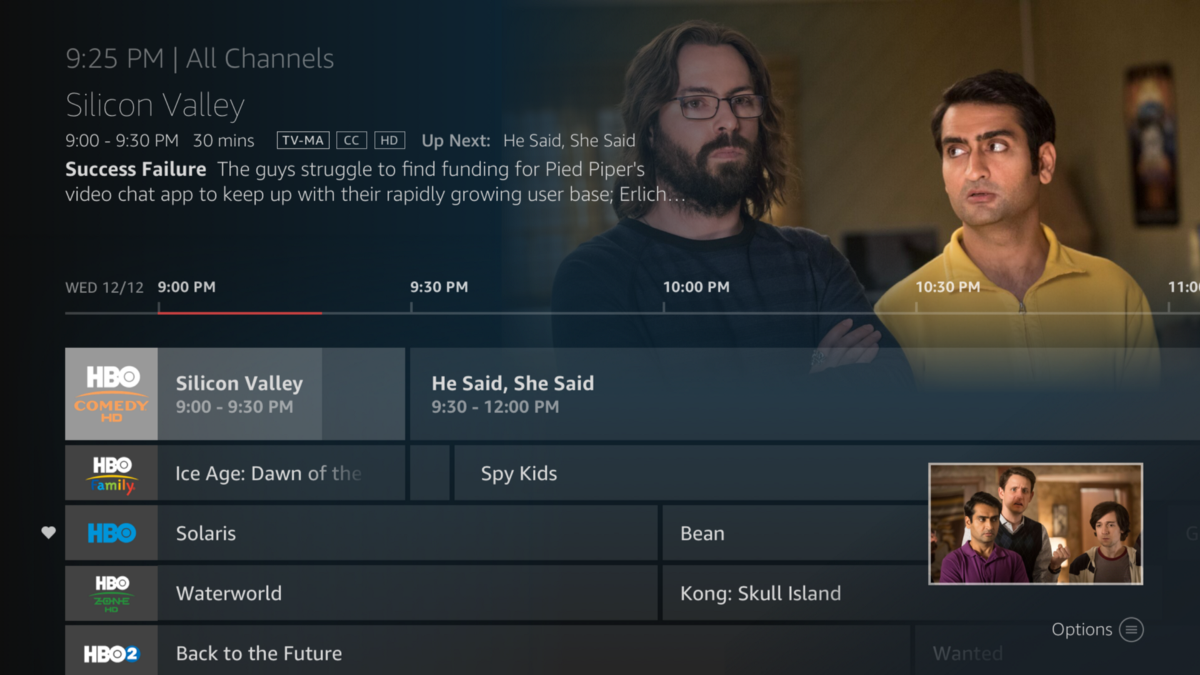
This month, a new Final Fantasy ride is opening at Universal Studios Japan. Besides the attraction, the theme park is also getting FF themed snacks and goods.
from Kotaku http://ift.tt/2FSbrDY
via IFTTT

For everything from family to computers…

This month, a new Final Fantasy ride is opening at Universal Studios Japan. Besides the attraction, the theme park is also getting FF themed snacks and goods.
from Kotaku http://ift.tt/2FSbrDY
via IFTTT

In this new world of advanced in-car infotainment and connectivity, car and tech companies alike are creating interfaces with mixed success. Apparently one system has annoyed
Cadillac CEO Johan de Nysschen
enough he’s openly griping about it.
In an interview with our friends at Yahoo Finance
, the CEO had a number of complaints about
, a system that, along with Android Auto, is rapidly becoming a staple of automotive infotainment.
Though he acknowledged the system’s potential, de Nysschen said CarPlay “is extremely clunky.” He highlighted issues he’s had with Apple Maps reacting too slowly for turn-by-turn navigation on the highway, app transitions that weren’t smooth, and some quirks he found when using voice commands.
While we won’t say Apple CarPlay is perfect by any means, we’re also not so sure it’s deserving of such high-profile criticism, particularly from
. This is because Cadillac’s own infotainment system CUE, has not been loved by those of us at
Autoblog
. And while Cadillac has announced it has
a new version of CUE that might fix our issues with it, it’s not exactly rolling it out expediently
. So before ripping on other infotainment, de Nysschen, maybe make sure your own system in order.
Related Video:
from Autoblog http://ift.tt/2rl5YCA
via IFTTT

After what felt like five years of mayoral begging and media gimmicks, we finally know the top 20 finalists in the brutal battle for Amazon’s second headquarters. The cities are about as predictable as you’d think. Basically, all the big ones.
Here they are, and among them, there can be only one winner, as the rest cannot survive Amazon’s Thunderdome or the wrath of a fearsome, fire-breathing Jeff Bezos:
Noticeably absent from the list are any cities on the West Coast. However, if you consider that part of Amazon’s mission in building a second headquarters some distance away from its original Seattle headquarters, this is isn’t surprising. What’s sort of curious, though, is that three of the top 20 “citiesâ€â€”Montgomery County in Maryland, Northern Virginia, and Washington DC—are basically all the same metropolitan area. Also, raise a fist for the sole Canadian city on the list, Toronto. (Sorry Mexico City.)
So which city has the grit, determination, and creatively welded weapons to win in Amazon’s HQ2 Thunderdome? Let us know in the comments.
from Gizmodo http://ift.tt/2Bc5rTa
via IFTTT

While most movies and TV shows on Amazon Channels are available on demand, a few of them can be watched live at the same time they’re broadcast on traditional TV. If you use a Fire TV stick to watch television and movies on the big screen, you might now see a new row of available live programming called On Now in the newly available channel guide.
The On Now row appears at the top of the guide and shows all the programming available to you live, provided you’re a subscriber to HBO, Showtime, Starz or Cinemax. The channel guide also lets you browse all of the shows and movies you can watch in the future, just like a standard cable TV guide. Simply press the Options hamburger button on the Alexa Voice Remote while you’re watching live TV to access the guide. All the channels you’ve favorited will show up at the top, too. You can also do the same thing with your voice, either with the microphone button on your Alexa Voice Remote or via a connected Echo device. "Alexa, watch HBO" could be your new rallying cry.
Source: Amazon
from Engadget http://ift.tt/2DGpWtO
via IFTTT

Today, Project Fi announced a new feature called Bill Protection. It’s a mostly terrible name because it doesn’t exactly sell what Google is doing here. I say that because Bill Protection is essentially an $80 unlimited plan, yet there may be months that you won’t come close to paying $80, depending on your usage. It sounds pretty fantastic, so let’s dive in to what this is and how your bill will work out on Project Fi.
Project Fi is still a pay-as-you-go type of plan where you pay a flat fee for calls and text plus a per GB fee for data. For an individual, you’ll pay $20 per month for unlimited domestic calls and texts. Alongside that, you’ll pay $10 per 1GB of data you consume up to 6GB. Assuming you use 6GB data in a month, your bill would be $80 per month for a single person. If you don’t use 6GB, you’ll pay for however much data you consumed (Ex: 3GB usage would be $30 + $20 calls/texts = $50).
Here’s where things get interesting. With this new Bill Protection, should you go over 6GB of data in a month, you won’t pay a penny more. You could use 8GB, 10GB, or 20GB data and your bill still tops out at $80 if you want it to. But again, if you use 2.5GB, your bill never reaches $80 and would instead be $45. That make sense?
So Bill Protection is a cap on your bill that allows you to use as much data as you want while your bill potentially never eclipses $80, though you can pay much less on those months where you use less data.
Ahhh yes, what is the catch? There is big item to be aware of.
There is a throttle limit at 15GB of data usage per line in a month. That means if you use more than 15GB of data, you’ll see slower speeds (there’s an opt-out, though – see below). All of the other carriers do this as well, but Google’s 15GB limit is the lowest of them all (see the rest here). The slowed speeds after 15GB of usage are 256kbps until the next billing cycle.
With that in mind, you can pay to opt-out of the slower speeds. Once you hit 15GB used and you want to continue receiving high-speed LTE data, Google says you can begin paying $10 per 1GB over that 15GB cap. So you’ll only pay $80 up to 15GB of data usage at full speeds before deciding if you want to accept slower speeds at no charge or pay more to continue on with normal speeds.
For those curious, there are multi-person options for those looking to a family plan. The breakdown of data buckets for multiple people is below, but don’t forget the calls and texts cost as well. The breakdown of that would be $20 for the first line plus $15 per additional line.
If you look below, a bill for 3 people in a month would be $50 for calls/texts plus $120 max for 12GB of shared data.
The multi-line situation is a bit confusing with Bill Protection, though. Google explains that the 15GB cap works like this for multiple lines:
When someone on your plan uses 15 GB of free data, they’ll get data speeds of 256 kbps until the next cycle starts. All other members will get full data speeds until they use 15 GB of free data.
So your account only gets a 12GB, but then each person gets their own 15GB cap before being throttled? That is how that reads, right? That’s not bad if that is indeed the case. Google also explains there that should a person hit 15GB usage, they’ll be slowed, not everyone else on the plan.
Google says that Bill Protection is rolling out today to individual and group plans and that you’ll see it on your next billing cycle.
I’m about to sign-up…anyone with me? (And remember, with a Pixel 2 or Pixel 2 XL, you have an embedded SIM for quick sign-ups.)
// Google | Project Fi Support
Project Fi Just Introduced a Super Flexible $80 Unlimited Plan That You Should Consider is a post from: Droid Life
from Droid Life: A Droid Community Blog http://ift.tt/2BapscH
via IFTTT

Now that FitStar’s transition to Fitbit Coach is officially complete, Fitbit is expanding the devices that support its revamped personal training app. The company announced that the Fitbit Coach apps for Windows 10 and Xbox One devices will be available for download later today.
Fitbit owned FitStar for a while before it announced its impending transformation into Fitbit Coach last year. The app, which is separate from the main Fitbit app that all of the company’s wearables connect to, holds guided workouts, video routines, and other personalized fitness programs.
Fitbit built off of FitStar’s previous offerings and added more content that customers can access fully with a $39.99-per-year Premium subscription. There are some routines that users can access for free after downloading the app (which is free to download as well), but most of the content lies behind Fitbit’s paywall.
Until now, Fitbit Coach was only available on iOS and Android devices, sequestered to the small screens that most of those devices have. Versions of Fitbit Coach workouts packed with GIFs are also available on the Ionic smartwatch, using its smartwatch-sized display. With the new Windows 10 and Xbox One apps, users can access Fitbit Coach workouts on their laptops, convertibles, and even their TVs.
While users can complete Fitbit Coach routines without pairing a Fitbit device to the app, the programs are meant to be tracked with a Fitbit device. Users will even be able to see their real-time, continuous heart rate on their PC or TV screen when using the new Windows 10 or Xbox One apps and a paired heart-rate monitoring Fitbit device. That way, you won’t have to keep flicking your wrist to check your heart rate during a workout because your pulse will appear in front of you, next to the coach guiding you on the display.
Fitbit Coach was already fairly accessible, but opening the platform up to Windows 10 and Xbox One could make the program more intriguing for those who prefer working out at home (or those who simply don’t want to have to squint at their smartphones while exercising). It also raises the question of how much effort Fitbit will continue to put into Coach in the future. There are no signs that the company will stop making wearable devices any time soon (rumors of the company making a wearable for children are swirling). But it’s possible that Fitbit will try to draw in more customers with its membership-based Coach content, no matter if they already own a Fitbit device or not.
from Ars Technica http://ift.tt/2DFncgl
via IFTTT

For four of the country’s largest hospital systems, enough is enough.
Sick of drug companies’ eye-popping price hikes and ridiculous shortages, the feisty hospital systems announced Wednesday that they’ve banded together and formed an unnamed non-profit to make their own steady supply of affordable generic medicines.
The leading hospital system, Intermountain Healthcare, released a statement explaining:
The new company intends to be an FDA approved manufacturer and will either directly manufacture generic drugs or sub-contract manufacturing to reputable contract manufacturing organizations, providing patients an affordable alternative to products from generic drug companies whose capricious and unfair pricing practices are damaging the generic drug market and hurting consumers. The company will also seek to stabilize the supply of essential generic medications administered in hospitals, many of which have fallen into chronic shortage.
Standing with Intermountain Healthcare is Ascension, SSM Health, and Trinity Health. The US Department of Veterans Affairs is also collaborating with the group. Together, they represent more than 450 hospitals across the country.
In an interview with The New York Times, Intermountain Healthcare’s CEO, Dr. Marc Harrison, did not mince words. “This is a shot across the bow of the bad guys,†he said. “We are not going to lay down. We are going to go ahead and try and fix it.â€
The news—and furor—follows years of headlines, scandals, and congressional hearings over certain drug companies dramatically raising the prices of generic drugs and creating frustrating shortages. The most notable example is that of Martin Shkreli’s company Turing Pharmaceuticals, which dramatically raised the price of the old, cheap generic drug Daraprim by more than 5,000 percent—from $13.50 to $750 a pill. Daraprim is used to treat a parasitic infection and often given to babies and HIV/AIDS patients.
The group is not disclosing what specific medicines it will make out of fear that generic competitors could block them from the market by lowering prices temporarily. “We’re going to have to hold that very close to our vest,†Dr. Harrison told The Times.
Harrison said the group will focus on distributing drugs to hospitals at first, but it will consider expanding its efforts later.
“If the only way to provide our communities with affordable drugs is to produce them ourselves, then that is what we will do,†Dr. Richard Gilfillan, CEO of Trinity Health, said in a statement.
Dr. Carolyn M. Clancy, executive in charge of the Veterans Health Administration, applauded the effort. “As an organization which must have an affordable and stable supply of generic pharmaceuticals to fulfill its healthcare mission, the Department of Veterans Affairs looks forward to the value this new company will bring to healthcare in the United States,†she said.
The non-profit will be steered by senior-level leaders of the founding healthcare systems, as well as an advisory panel, including:
from Ars Technica http://ift.tt/2BeemTV
via IFTTT